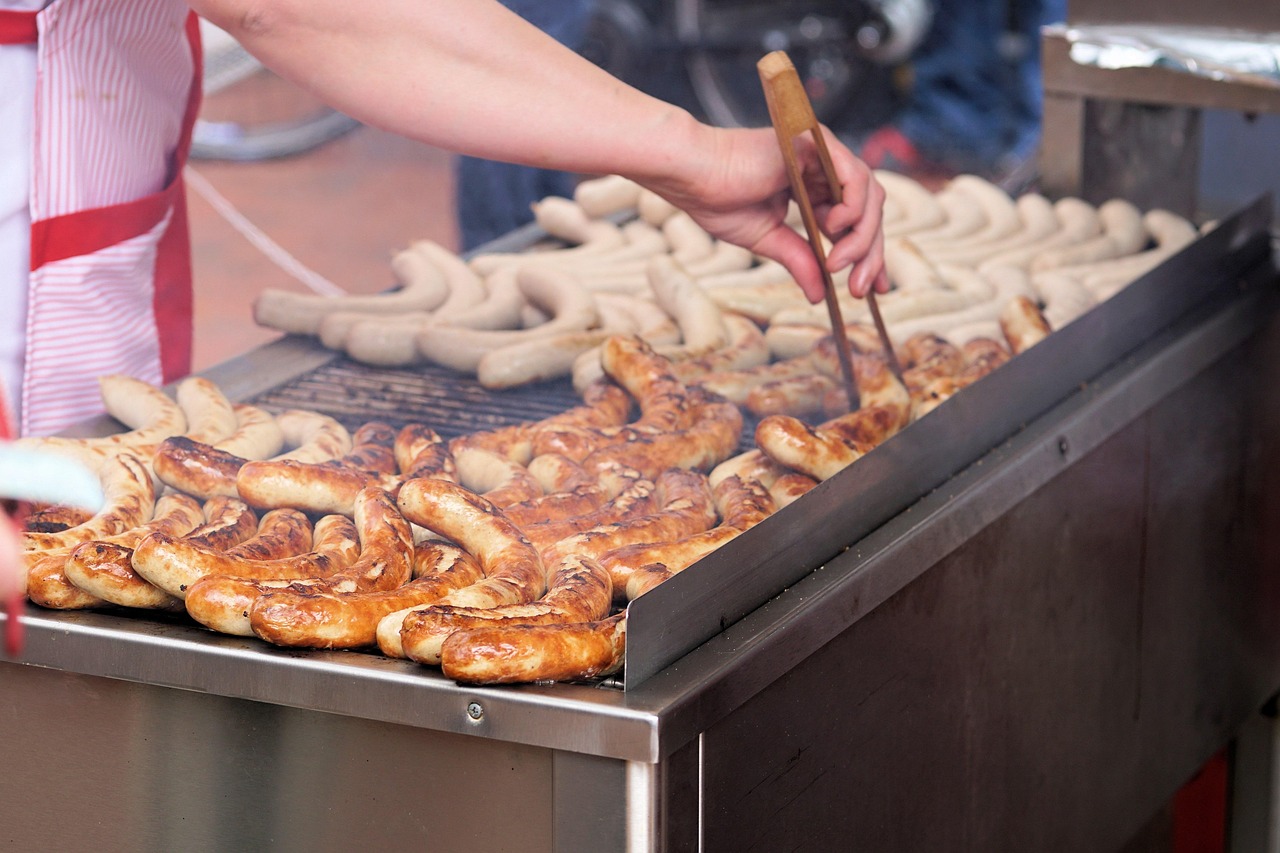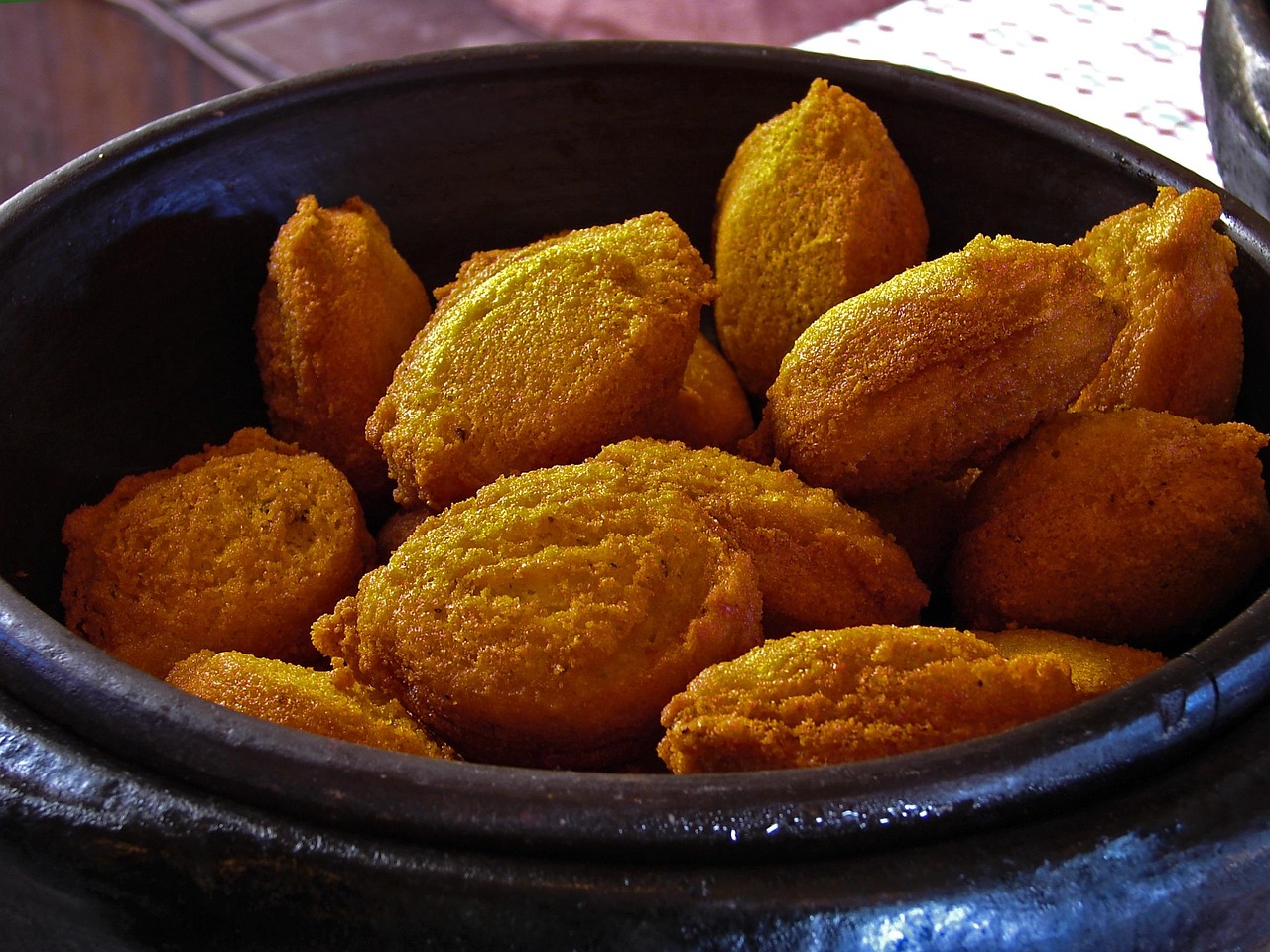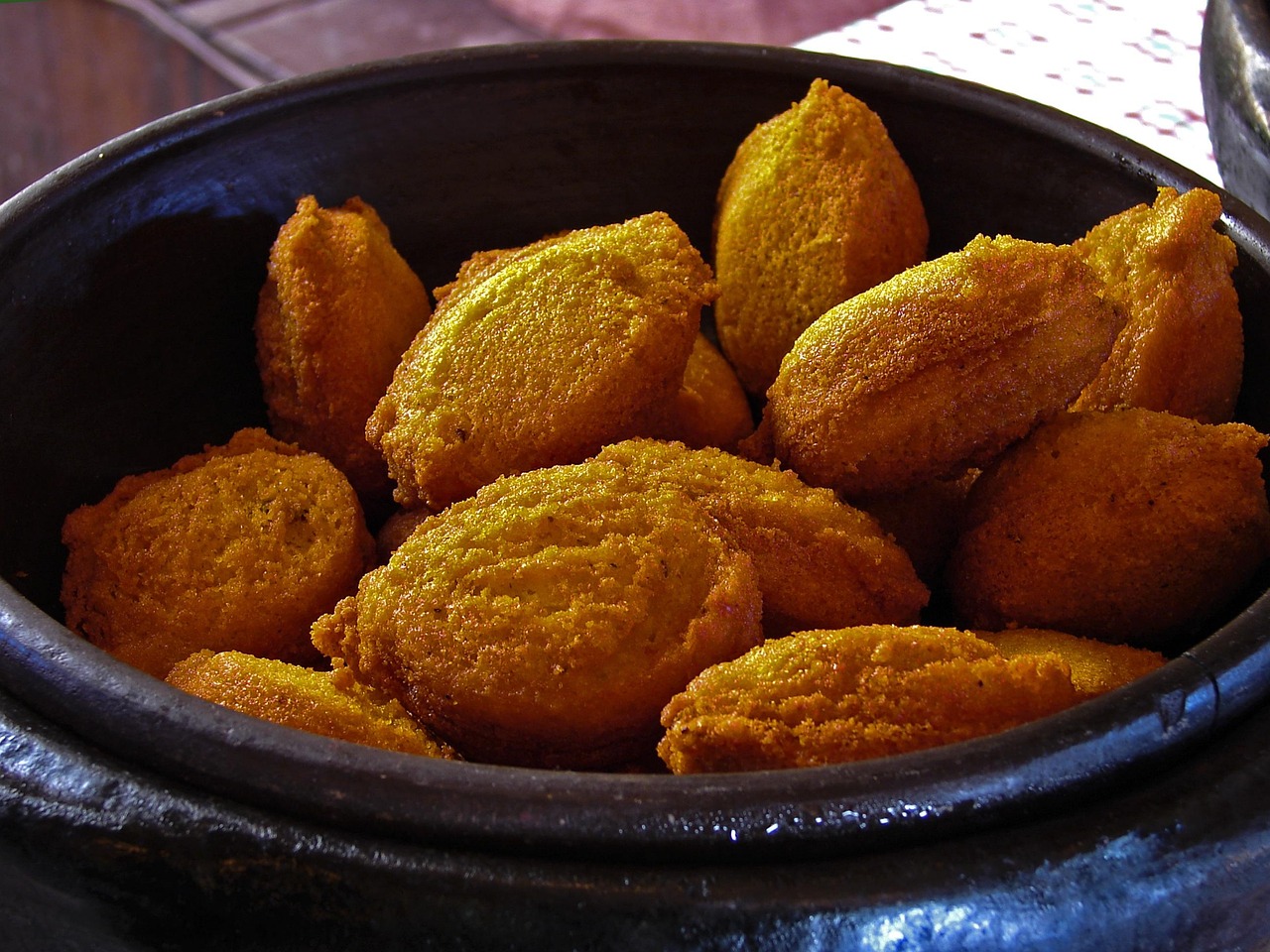Introduction
China, with its rich history spanning thousands of years, has developed a diverse and intricate culinary culture that is as complex as its geography and as varied as its people. Chinese cuisine is not a monolithic entity but a tapestry woven from the distinct flavors and cooking techniques of its many regions. In this brief introduction, we will explore the essence of Chinese food, its regional variations, and the cultural significance it holds for the Chinese people and the world.
The Philosophy of Chinese Cuisine
At the heart of Chinese cuisine lies the philosophy of balance. This balance is not only about the harmony of flavors—sweet, sour, bitter, spicy, and salty—but also about the balance of textures, temperatures, and colors. Chinese cooking emphasizes the use of fresh ingredients and the importance of seasonality, ensuring that the food is not only delicious but also nourishing and healthful.
The Art of Cooking
Chinese cooking techniques are as diverse as the dishes themselves. Stir-frying, steaming, braising, deep-frying, and roasting are just a few of the methods used to prepare food. Each technique is chosen to highlight the natural flavors of the ingredients and to create a dish that is both visually appealing and satisfying to the palate.
Regional Variations
China's vast size and diverse climate have led to the development of distinct regional cuisines, each with its own unique characteristics. Here are some of the most well-known:
-
Sichuan Cuisine (Szechuan) Sichuan cuisine, from the Sichuan province, is famous for its bold and pungent flavors, particularly the use of garlic and chili peppers. Dishes like Kung Pao Chicken and Mapo Tofu are iconic examples of Sichuan's spicy and numbing dishes.
-
Cantonese Cuisine (Yue) Cantonese cuisine, from the Guangdong province, is known for its light and fresh flavors. It is the style of Chinese cooking most commonly found outside of China. Dim sum, a variety of small, bite-sized dishes, is a Cantonese culinary tradition that has gained popularity worldwide.
-
Shandong Cuisine (Lu) Shandong cuisine, from the Shandong province, is known for its emphasis on seafood and the use of vinegar. It is also one of the oldest styles of Chinese cooking, with a history dating back to the Spring and Autumn period.
-
Jiangsu Cuisine (Su) Jiangsu cuisine, from the Jiangsu province, is characterized by its delicate flavors and the use of sugar to balance the taste. Suzhou, a city within Jiangsu, is particularly known for its sweet and mild dishes.
-
Hunan Cuisine (Xiang) Hunan cuisine, from the Hunan province, is another spicy cuisine, similar to Sichuan but with a focus on the use of fresh and dried chilies. Dishes like Steamed Fish Head with Diced Hot Red Peppers are emblematic of Hunan's fiery cuisine.
-
Fujian Cuisine (Min) Fujian cuisine, from the Fujian province, is known for its seafood dishes and the use of red yeast rice, which gives many dishes a distinctive red color. It is also known for its soups and broths, which are often clear and light.
The Staple Foods
Rice and noodles are the staple foods in Chinese cuisine. Rice is the mainstay in the south, while wheat-based noodles and bread are more common in the north. Each region has its own unique varieties of noodles, from the thin and delicate rice noodles in the south to the hearty wheat noodles in the north.
Tea Culture
Tea is an integral part of Chinese culture and cuisine. It is not just a beverage but a symbol of hospitality and a means of social interaction. Chinese tea culture is as diverse as the country itself, with different regions producing different types of tea, such as the famous green tea from Hangzhou and the black tea from Yunnan.
The Role of Chinese Cuisine in Society
Food is central to Chinese social life. It is a way of expressing hospitality, celebrating festivals, and honoring ancestors. The Chinese New Year, also known as the Spring Festival, is a time when families come together to share a feast, symbolizing unity and prosperity. The Mid-Autumn Festival is another occasion when mooncakes, a type of pastry filled with sweet or savory ingredients, are shared among family and friends.
Chinese cuisine is also deeply connected to health and well-being. Traditional Chinese medicine (TCM) principles are often applied to cooking, with certain foods believed to have medicinal properties that can balance the body's energy, or "qi."
Global Influence
Chinese cuisine has had a profound impact on the global culinary scene. Its influence can be seen in the popularity of Chinese restaurants around the world, as well as the incorporation of Chinese ingredients and techniques into non-Chinese dishes. The adaptability and creativity of Chinese cooking have made it a favorite among food lovers everywhere.
Conclusion
Chinese cuisine is a culinary journey through history, culture, and flavor. It is a testament to the creativity and resourcefulness of the Chinese people. As we explore the different regions and dishes, we gain a deeper understanding of the complexity and beauty of Chinese culture. Whether you are enjoying a steaming bowl of hot and sour soup or savoring the delicate flavors of a Peking duck, each bite is a step into the rich tapestry of Chinese culinary tradition.











